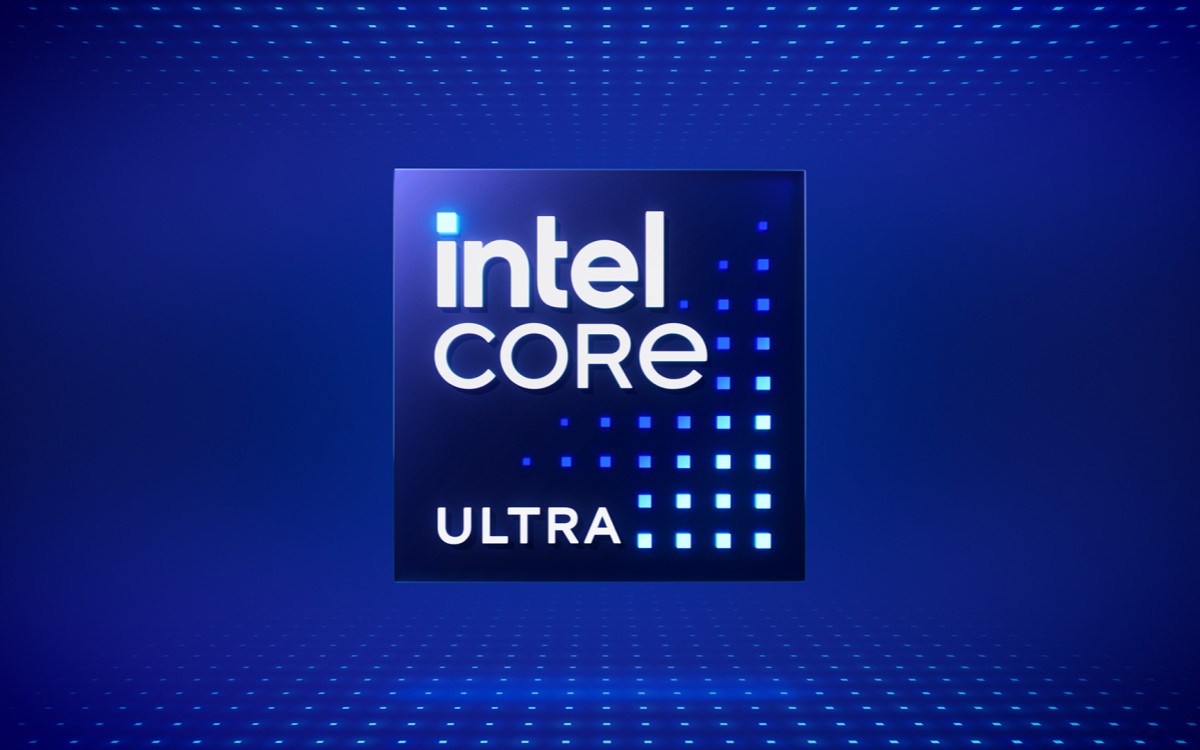
The second generation of Intel’s Core Ultra series of CPUs is available in select notebooks on the global market. Lunar Lake processors mark important changes in relation to how the company has been doing in previous generations. One of them is the absence of Hyper-Threading technology and LPE cores from Meteor Lake. The lineup also features the second generation of Arc iGPUs (Xe2) and a more powerful NPU.
The entire Intel Lunar Lake processor lineup is made up of 8 cores (4 performance + 4 efficiency) and has 9 different SKUs involving the Core Ultra 9, Ultra 7 and Ultra 5 series. As they have the same number of cores, the biggest differences are in the clocks, cache memory, iGPU and NPU.

New Skymont and Leon Cove Cores
Intel Lunar Lake processors arrive with an architectural overhaul compared to Meteor Lake. It marks the historic absence of Hyper-Threading technology, in addition to new efficient cores eliminating the LPE-Core of the Core Ultra 100. The new performance cores, Lion Cove, are “the fastest, period“, according to Intel.
Compared to Meteor Lake processors, Lunar Lake processors offer 4 MB of L2 cache on the efficient cores, double the previous generation. The performance cores have 18 MB of L3 cache.

Communication between these different areas of the Intel Core Ultra 200V processors will be up to 40% faster than the Core Ultra 100. Between efficient and performance cores, latency is around 55ns, dropping to between 23 and 26ns with communication between the same category of cores. According to Intel, this is enough to be 30% faster than AMD Strix Point.
For the owner of Lunar Lake mobile CPUs, the performance cores are the fastest on the mobile market, period. Comparing the top-of-the-line Core Ultra 9 288V SKU with the AMD Ryzen AI HX 370 and two high-end SKUs from Qualcomm, the new processor is up to 61% faster, depending on the productivity application.

Despite using its new top-of-the-line mobile CPU, the comparison with rivals does not involve the highest level within AMD and Qualcomm’s latest lineup for notebooks, it is worth noting.
By combining performance and efficient cores, Lunar Lake delivers between 2 and 3 times more performance per thread, ranging from 9W to 28W, compared to different configurations of the Meteor Lake generation.




In different applications, Lunar Lake cores can deliver up to 92% more performance, as in Handbrake, compared to the AMD and Qualcomm rivals mentioned above.
Intel Arc Xe GPU2
Another new feature of the Core Ultra 200V (Lunar Lake) is the integration of Xe-based graphics cores2new generation of Intel Arc architecture. In dozens of games tested by Intel, the second generation of iGPU, more specifically the Arc 140V, present in the top-of-the-line SKU Core Ultra 9 288V, delivers up to 31% more performance compared to the Core Ultra 7 155H and its first-generation iGPU.

In the games selected by Intel, which have heavy titles such as Ghost of Tsushima, Cyberpunk 2077, among others, the best implementation of the iGPU in Lunar Lake manages to deliver more than 30 FPS in 1080p, although the presets have not been revealed.
Against the Qualcomm X1E-84-100 and its integrated graphics, Intel takes a jab by stating that of the 45 games tested, the Snapdragon could not even open 23 of them. Among those that ran, the iGPU Arc 140V is up to 68% faster.
Compared to its main rival, AMD, the difference is quite small. Compared to the Ryzen AI HX 370 with its Radeon 890M, the Arc 140V is 16% faster, according to Intel’s tests.





With Intel Lunar Lake Arc iGPUs, it is also possible to use XeSS upscaling technology, which is present in more than 120 games, according to the company. With the new XMX cores, the top-of-the-line iGPU Arc 140V delivers up to 61% more performance with the technology.
In Cyberpunk 2077, for example, the Core Ultra 9 288V’s integrated graphics deliver an average of 39 FPS. With the use of XeSS in performance mode, the performance increase is around 61%, causing the average frame rate to be above 60 FPS.

Side by side with the Ryzen AI HX 370, using FSR also in performance mode, the iGPU Arc 140V can deliver between 5 and 23 FPS more. Intel also guarantees that its integrated graphics are around 30% faster in ray tracing processing and maintains averages above 30 FPS.
Efficiency is key for Intel Lunar Lake
Intel claims that Lunar Lake processors deliver “exceptional efficiency” compared to their competitors. Compared to Meteor Lake CPUs, the performance per watt improvement in games is up to 2 times.
Comparing a Core Ultra 9 288V with an Ultra 7 165H in games, the newer CPU delivers between 32 and 68% more performance, and between 11 and 35% less power consumption, depending on the title.

In terms of productivity, the top-of-the-line Lunar Lake SKU is capable of delivering up to 52% less power consumption compared to the Meteor Lake CPU mentioned above. When browsing the internet, the Core Ultra 9 288V is up to 34% more efficient, for example.
Compared to its rivals, more specifically the Qualcomm Snapdragon X1E-80-100 and the AMD Ryzen AI HX 370, the Core Ultra 9 288V is capable of delivering around 4 more hours (14h) of battery life during productivity work. In video calls on Microsoft Teams, there is an advantage, but it is less than an hour.

There is a focus on energy efficiency with the Core Ultra 200V and an example of this is the 68% jump in IPC with the efficient cores compared to Meteor Lake. This evolution is much smaller considering only the performance cores (14%).



Greatest NPU evolution
Combining the 5 TOPs of the new Skymont and Lion Cove cores, in addition to the Xe2 Battlemage iGPU, which is responsible for most of the AI performance, a Core Ultra 200V SKU can deliver 120 TOPs. This number varies according to the SKU, but Intel guarantees that this performance is related to a high-end CPU.
Intel introduced the first generation of its NPU in 2018. The technology arrived delivering a timid performance compared to what we have today: 0.5 TOPs. It went to 7 TOPs in 2021 with the second generation, 11.5 TOPs with the third generation and now 48 TOPs with Lunar Lake processors.



In tests performed on Geekbench AI, the Skymont and Lion Cove cores do not offer much of an advantage over an AMD Ryzen AI HX 370 and Qualcomm X1E-78-100, but considering the iGPU performance, the advantage over Ryzen is up to 5 times more. With the NPU in action, the Intel Core Ultra 9 288V tested outperforms the Snapdragon SKU.
In the main applications involving AI, Intel guarantees an average advantage of 58% compared to a Meteor Lake SKU (Core Ultra 7 155H) and also the Qualcomm chip mentioned above. Intel’s biggest focus in the AI performance comparisons was against the Qualcomm X1E-78-100.
Intel Lunar Lake mobile processors are already available in notebooks from ASUS, MSI, Samsung, Acer, LG and Dell in select models. Availability in more models will be expanded in the future.
Source: https://www.adrenaline.com.br/intel/intel-lunar-lake-chega-com-nucleos-e-igpu-de-nova-geracao-para-notebooks/


